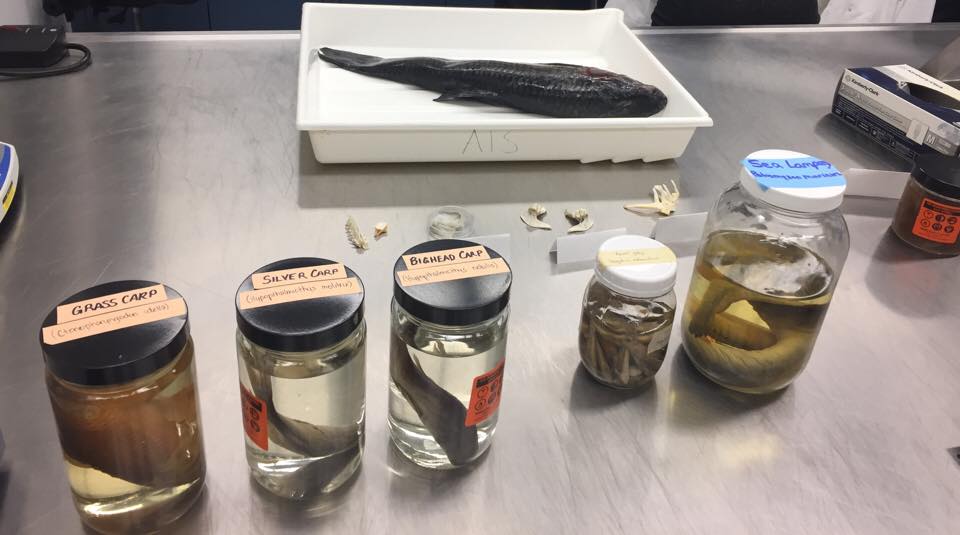The federal government is sinking $20 million over the next five years into a program designed to track, analyze and ultimately prevent Asian carp from establishing a population in the Great Lakes.

Since the program started in 2012, researchers have caught 23 grass carp, 10 of which came from a private lake.
It’s an invasive species that can eat up to 40 per cent of its body weight in a single day, making it a threat to the ecosystem and subsequently fisheries.
Becky Cudmore with Fisheries and Oceans Canada says new funding means more staff actively looking for Asian Carp, a fish that has already wreaked havoc on the Mississippi River basin.
“These species will overtake a system very quickly,” she said.
“It’s been shown in the U.S., the devastating impact, the loss of species, the lower biodiversity, the lower commercial catches and we just don’t want to repeat that here.”

Get breaking National news
Federal funding will boost Cudmore’s team to 10 from three, putting more eyes on priority areas.
Up until this point, the team has only been able to conduct early detection sampling in 32 of more than 50 locations that could contain Asian Carp.
She expects the invasive species team will now be able to tackle the circuit in partnership with the province.
“Doing water samples, and over time getting an idea of pattern and background signal of what the genetic material is, that’s out there.”
If there is a strong signal, Cudmore says, it could indicate that there is a fish present that previously went undetected.
In the event that one is caught, researchers will bring it back to the lab at the Canada Centre for Inlands Waters for testing.
One of the main areas of investigation is whether the fish is fertile, pointing to the possibility of higher numbers.
In Canada, Asian Carp have typically been found in ponds on golf courses and farms as a method of keeping them clean, because of the large volume vegetation they consume.
They have also on occasion been found in markets.
That’s why part of the funding is also directed toward outreach.
The Fisheries and Ocean department is hoping to provide more education, so that people know the dangers of releasing this fish live into a river or lake.
There is also a reporting system online, an app called EDDMapS, in which you can take a picture and geotag the location, and an invasive species hotline 1‑800‑563‑7711.









Comments